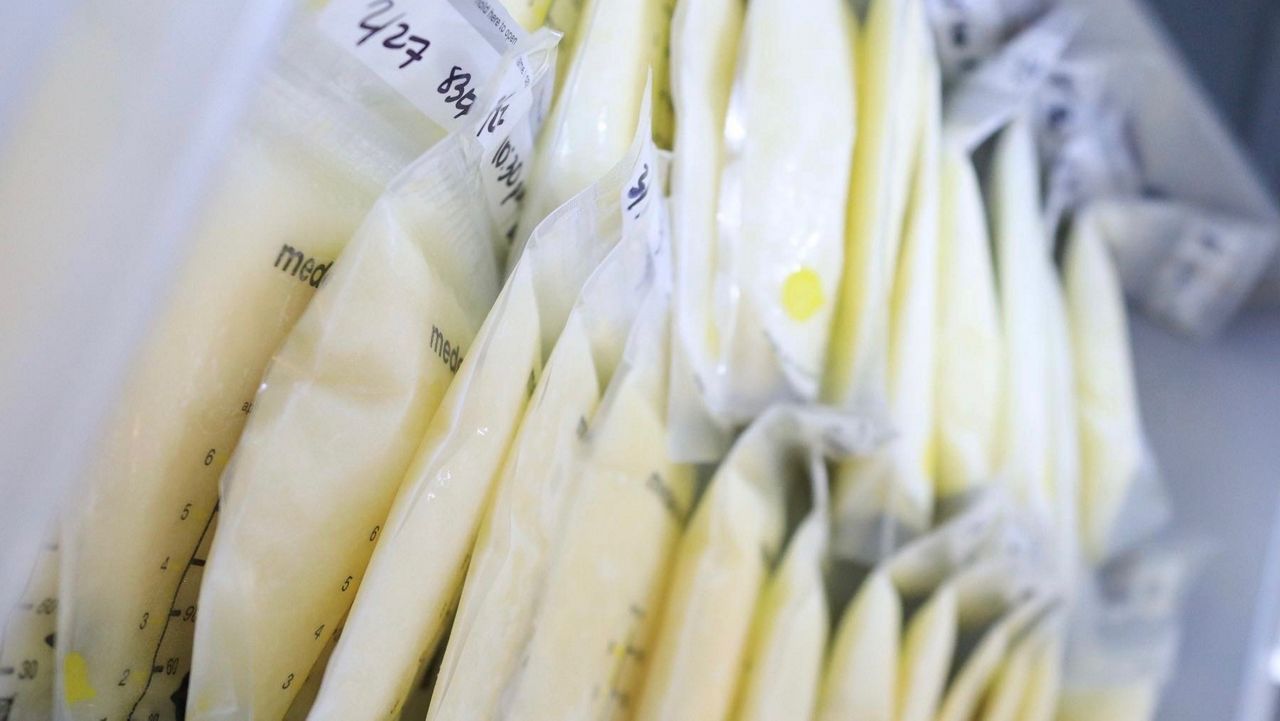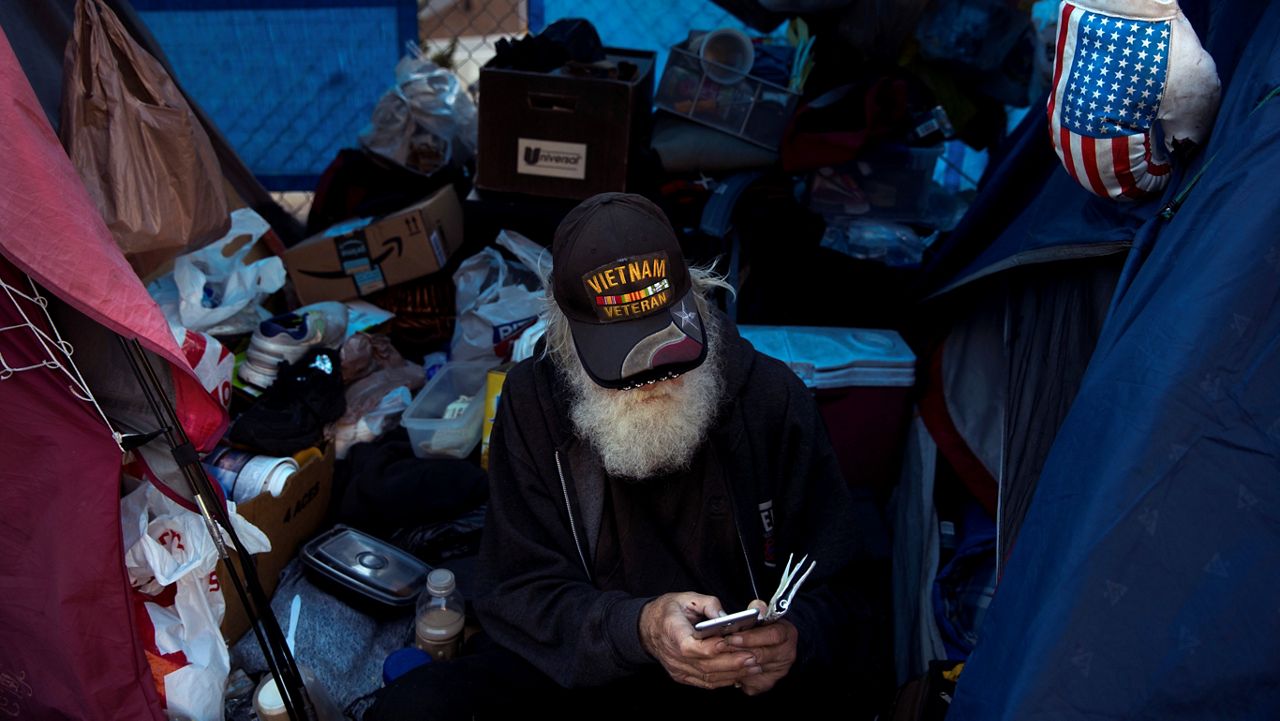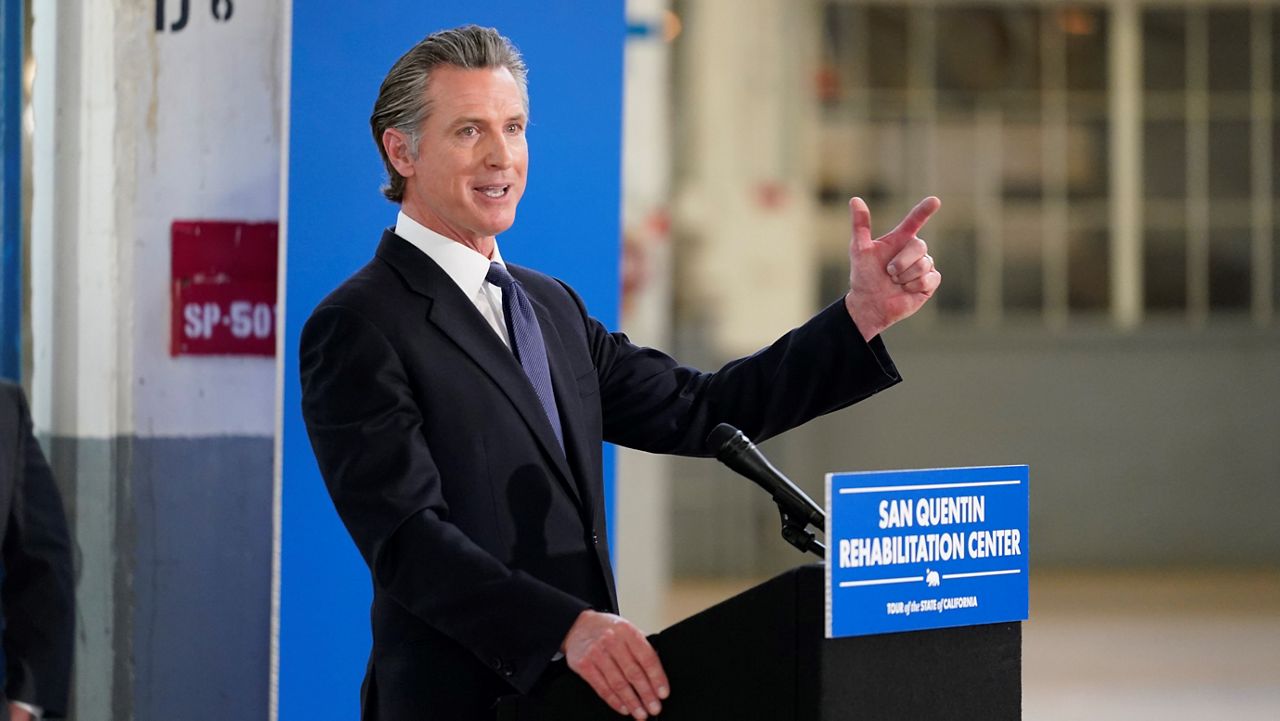The stay-at-home order in Los Angeles has been extended through July, according to Los Angeles County Director of Public Health, Barbara Ferrer. One of the benchmarks to reopen is the ability to demonstrate that hospitals can handle an influx of patients.
Dr. Brad Spellberg, Chief Medical Officer at Los Angeles County + USC Medical Center, said “hospitals in Southern California have not been overrun” or “overwhelmed.”
L.A. implemented its stay-at-home order early enough in mid-March that it did not end up with as many cases as New York City did.
“The sobering reality, however, is that because the virus spreads exponentially in the absence of social distancing, we probably missed becoming New York by no more than about a week,” Dr. Spellberg said. “Had the County instituted social distancing measures, safer-at-home, a week later, we would have been completely overwhelmed just like New York. So that gives you a sense of how razor thin the margin is between doing okay and being completely crushed.”
Dr. Spellberg said Los Angeles is faring better than other big cities, but there are still many COVID-19 patients in County hospitals every day.
“Right now we are not completely crushed, but people should understand: Our hospitals throughout the county have COVID patients. At our [Los Angeles County + USC Medical Center], we have about 60 to 65 on any given day. It is not a small number, and the big issue is the Intensive Care Unit.”
Dr. Spellberg said once a patient enters the Intensive Care Unit (ICU), it could take him or her between three and five weeks to be well enough to leave.
“That means they can accumulate because if two to three come in each day, and they're not coming out the back end, each day the census is rising,” he said. “I think we’ve had a steady state at this point. We're not overwhelmed, but we have a lot of COVID patients in our ICU. If we're not careful about how we reopen and there is a surge in new cases, we will not be ready to handle those new cases.”
Reopening the economy in L.A. must be done in a manner that ensures the safety of residents.
“I do not envy public health and the political leadership who have to balance two very important concerns,” Dr. Spellberg said. “If we do things too quickly, cases will skyrocket, we will be overwhelmed, a lot of people will die. If we don't reopen at all, people can't make a living, they can't pay their rent, they can't buy food, and they will die from that.”
Dr. Spellberg said we’re between “Scylla and Charybdis,” an idiom from Greek mythology which translates to “choose the lesser of two evils."
“Trying to strike that balance is not going to be easy; there's no easy answers,” he said. “Certainly getting people back to work needs to be a lead component of the reopen, so that they can earn income, pay their rent, and buy food.”
Dr. Spellberg said he’s realized through watching Kung Fu Panda, “that great movie full of wisdom,” that he has to give up his illusion of control.
“As much as I want to control this virus and make it go away, I can't. What I think we need to learn to do instead, is to learn to coexist with the virus. We’ve put humans on the moon. We have more computing power in our pockets today than NASA had in a giant super computer room 50 years ago. Surely we can figure out as creative people how to socially distance while reopening businesses.”
If people wash their hands, use proper masking, and keep six feet away from others, Dr. Spellberg said “surely we can go about our lives in a coexisting way with this virus while we try to keep the curve flat until we buy time for a vaccine.”
At this point in time, Dr. Spellberg said doctors and scientists have to admit that they don’t know what the future of the novel coronavirus looks like.
“Anybody who says they do know should be opening up a psychic palm reading shop on Main Street,” he said. “The virus is new. We're still learning a lot about it. But if you go back to the 1918-1919 pandemic, 50 million people died and two-and-a-half billion were infected. It was a lot worse than what we have right now, and they still argued about masks.”
Dr. Spellberg said the science around the effectiveness of masks is “weak.”
“What we do know is you’ve got to wash your hands and keep away from people, and we think it's probable that wearing a regular cloth mask out in public will decrease secretions from spreading the virus,” he said.
It’s only possible for the virus to resurge in the fall if it goes away in the summer. Right now, Dr. Spellberg said he doesn’t know if the virus will still be as aggressive in June, July, and August.
“If it never goes away, there’s not a resurgence. There’s us managing it -- managing as cases rise, re-pushing out social distancing. As cases wane, we slowly open up. I think we’re going to be seeing sort of waxing and waning of our efforts and responding to local conditions.”
Millions of people have lost their jobs due to the novel coronavirus pandemic, and many are now without health insurance. Dr. Spellberg said the United States is the only industrialized country in the world that links health care to employment.
“That means when 30 million people file for unemployment in one month as has happened because of COVID-19, 75 percent of those people depend on their job for their insurance,” he said. “That's a lot of people getting thrown off their health insurance. That means they can't access health care. Now, if you’re the individual, you could be harmed by this virus because you can't get to the doctor. If you're the neighbor of the individual, you could be exposed to the virus because your neighbor can't get health care.”
Dr. Spellberg said it’s a bad idea to “strip away health care access to people in the middle of a once-in-a-century pandemic.”
“It's time for the U.S. to come to grips with our broken health care system.”
COVID-19 has exposed intrinsic weaknesses in the U.S. health care system.
“The fact is, Americans pay $3.65 trillion per year for health care. That is enormously more than any country on Earth, and we actually live shorter lives than all of our peer nations. We get terrible value for the dollars we spend.”
Dr. Spellberg’s book, “Broken, Bankrupt, and Dying,” is out June 30.
Let Inside the Issues know your thoughts and watch Monday through Friday at 8 and 11 p.m. on Spectrum News 1.











